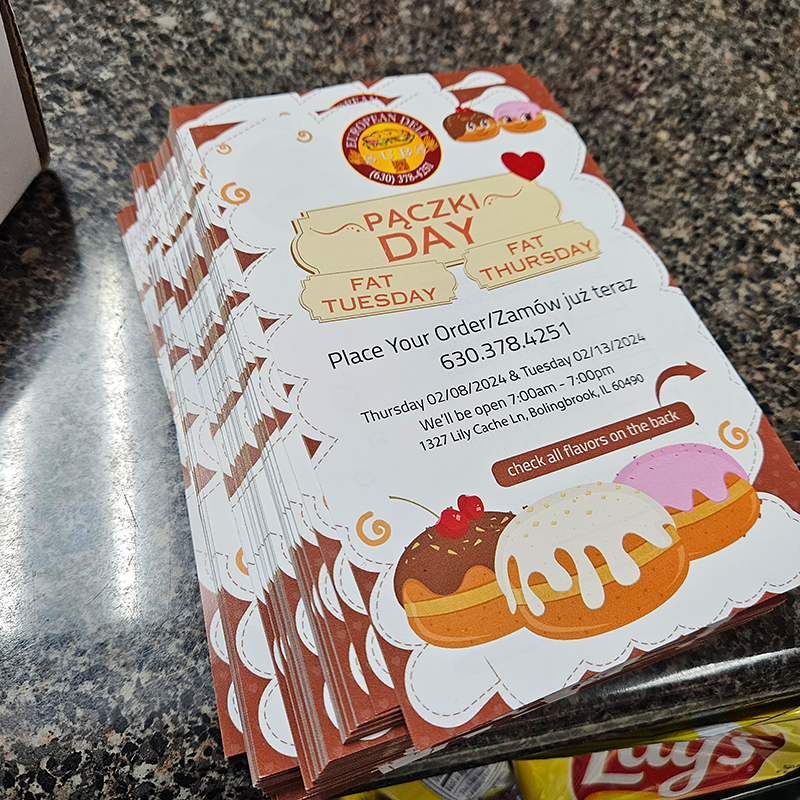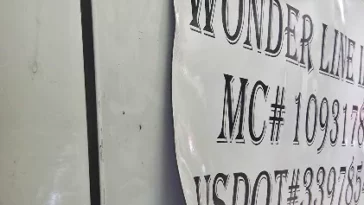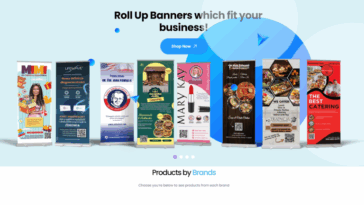| Size | Common Uses | Key Benefits | Design Tips |
|---|---|---|---|
| 4″ x 6″ | – Direct mail campaigns – Event invitations – Quick offers – Thank-you notes |
– USPS postcard rate eligible – Cost-effective for mass mailings – Portable and compact |
– Use concise messaging – Bold visuals and strong headlines – High contrast for readability |
| 5″ x 7″ | – Invitations – Promotional offers – Product details – Holiday greetings |
– More design space – Substantial feel – Stands out in the mail |
– Balanced layout – Emphasize key message – Use high-quality visuals |
| 5.5″ x 8.5″ | – Brochure-style messages – Real estate listings – Product showcases |
– Ample space for detail – Professional appearance – Highly noticeable |
– Multiple text sections – High-res images – Keep clean and uncluttered layout |
| 6″ x 9″ | – Newsletters – Catalogs – Announcements – Informational flyers |
– Maximum visual impact – Ideal for large messages – Strong presence in mail |
– Utilize generous space – Structure content well – Ensure clarity and professional look |
🛠️ Additional Considerations
-
Custom Sizes: Great for unique campaigns, but consider higher mailing/printing costs.
-
Design Tools: Adobe InDesign, Photoshop, and Canva are top choices for designing.
-
Paper & Print Options: Use premium cardstock; explore UV coating or soft-touch finishes for upscale appeal.
Postcards are an effective and tangible way to connect with customers and promote your business. For LifeWave, a company dedicated to wellness and innovative health solutions, understanding the different postcard sizes available in the USA is crucial for creating impactful marketing materials. Here’s a detailed guide to the various postcard sizes commonly used in the USA, ensuring your message reaches your audience effectively and efficiently.
Standard Postcard Sizes
1. 4″ x 6″ Postcards: This is the most commonly used postcard size in the United States. It’s cost-effective and meets the requirements for the USPS postcard rate, making it ideal for mass mailings. They have the same height as rack cards but different width. The rack cards are 4×9 inch.
Uses:
- Direct mail campaigns
- Event Invitations
- Quick promotional offers
- Thank-you notes
Benefits:
- Cost-effective for bulk mailing
- Easily fits into standard mail slots
- Portable and convenient for recipients
Design Tips: Given their small size, 4″ x 6″ postcards should have concise messaging and bold visuals. Focus on a strong headline and a clear call to action. Use high-contrast colors to make the design pop and ensure readability.
2. 5″ x 7″ Postcards: Slightly larger than the 4″ x 6″, the 5″ x 7″ postcard offers more space for detailed information and larger images. This size is perfect for sending more substantial content while still being cost-effective for mailing. They are not trifolds!
Uses:
- Event invitations
- Promotional offers
- Detailed product information
- Holiday greetings
Benefits:
- More design space for detailed information
- Ideal for showcasing larger images or multiple visuals
- Provides a substantial feel, making it less likely to be overlooked
Design Tips: Utilize the extra space to create a balanced design with clear sections for text and images. Ensure that the key message is prominent and easy to locate. High-quality images and a professional layout can enhance the postcard’s appeal.
3. 5.5″ x 8.5″ Postcards: This size offers even more space for comprehensive messaging and visuals. It’s particularly effective for marketing campaigns that require more detailed information.
Uses:
- Brochures and mini-catalogs
- Detailed event programs
- Real estate listings
- Product showcases
Benefits:
- Ample space for extensive content
- Can accommodate large images and multiple sections
- Provides a substantial presence, making it highly noticeable
Design Tips: Take advantage of the generous space to create detailed layouts with multiple sections. High-resolution images and well-structured text can make the 5.5″ x 8.5″ postcard an informative and visually appealing piece. Ensure that the design is not cluttered and maintains a professional appearance.
4. 6″ x 9″ Postcards: One of the largest standard postcard sizes, the 6″ x 9″ postcard offers plenty of room for high-impact visuals and detailed content. It is highly effective for significant announcements and comprehensive marketing messages.
Uses:
- Detailed newsletters
- Product catalogs
- Special announcements
- Informative flyers
Benefits:
- Ample space for comprehensive information
- Can accommodate large images and multiple sections
- Provides a substantial presence, making it highly noticeable
Design Tips: Use the generous space to create detailed layouts with multiple sections. High-resolution images and well-structured text can make the 6″ x 9″ postcard an informative and visually appealing piece. Ensure that the design is not cluttered and maintains a professional appearance.
Custom Postcard Sizes
When to Use Custom Sizes: Custom postcard sizes are ideal when you need to stand out from the crowd or have specific design requirements that standard sizes can’t accommodate.
Designing Custom Postcards: Consider the message and audience when designing custom postcards. Ensure that the size enhances the overall design and doesn’t detract from the content.
Printing Considerations for Custom Sizes: Custom sizes may have higher printing and mailing costs. It’s essential to balance the need for a unique size with budget constraints.
Choosing the Right Postcard Size
Factors to Consider:
- Purpose: The goal of the postcard campaign should guide the size choice. For example, a simple thank-you note might be best suited for a 4″ x 6″ postcard, while a detailed product showcase might require a 6″ x 9″ postcard.
- Target Audience: Consider the preferences and expectations of your audience. A professional audience might appreciate a larger, more detailed postcard.
- Budget: Larger and custom sizes typically incur higher printing and mailing costs. Balance the impact of the postcard with the available budget.
Case Studies: Examining successful postcard campaigns can provide insights into effective size choices and design strategies.
Designing for Different Postcard Sizes
Design Principles:
- Clarity: Ensure that the message is clear and easily readable.
- Visual Appeal: Use high-quality images and engaging visuals.
- Balance: Maintain a balance between text and images to avoid clutter.
Tools and Software: Popular design tools like Adobe InDesign, Canva, and Photoshop can help create professional postcard designs.
Examples of Effective Designs: Reviewing well-designed postcards can provide inspiration and ideas for your own designs.
Printing Considerations
Paper Quality and Types: The choice of paper can significantly affect the postcard’s feel and durability. Consider using high-quality cardstock for a professional finish.
Printing Techniques: Explore different printing techniques such as digital printing, offset printing, and UV coating to enhance the postcard’s appearance.
Cost Implications: Understand the cost implications of different printing techniques and paper types to make informed decisions.
Postal Regulations and Standards
Understanding Postal Requirements: Familiarize yourself with USPS requirements for postcard sizes and mailing rates to avoid additional costs and delays.
International Standards: If mailing internationally, ensure that your postcards meet the destination country’s postal regulations.
Tips for Ensuring Compliance: Work with your printer to ensure that your postcards comply with all relevant postal standards.
Marketing with Postcards
Benefits of Using Postcards: Postcards offer a tangible way to reach customers, providing a physical reminder of your brand and message.
Strategies for Effective Postcard Marketing:
- Targeted Mailings: Focus on your target audience to maximize the impact.
- Clear Call to Action: Ensure that the postcard includes a clear and compelling call to action.
- Consistent Branding: Maintain consistent branding across all marketing materials.
Measuring Success: Track the response rates and ROI of your postcard campaigns to measure their effectiveness.
Environmental Impact of Postcard Printing
Sustainable Printing Practices: Consider using eco-friendly materials and printing techniques to reduce environmental impact.
Eco-friendly Materials: Use recycled paper and soy-based inks to create sustainable postcards.
Case Studies: Look at examples of companies that have successfully implemented sustainable postcard campaigns.
Trends in Postcard Printing in 2024
Technological Innovations: Advancements in printing technology, such as digital printing and augmented reality, are shaping the future of postcard printing.
Changes in Consumer Preferences: Stay informed about changing consumer preferences and adapt your postcard designs and strategies accordingly.
Predictions for the Future: The future of postcard printing is likely to see increased customization, sustainability, and integration with digital marketing strategies.
Understanding the various postcard sizes available in the USA and their specific uses is crucial for creating effective and impactful marketing materials. Whether opting for the standard 4″ x 6″ or exploring custom sizes, each postcard size offers unique benefits and opportunities for creative expression. Tailoring your postcard design and messaging to the chosen size will enhance your marketing efforts and help you achieve your communication goals.



